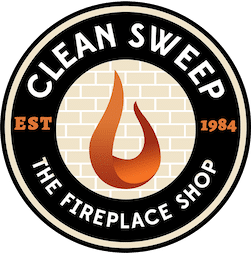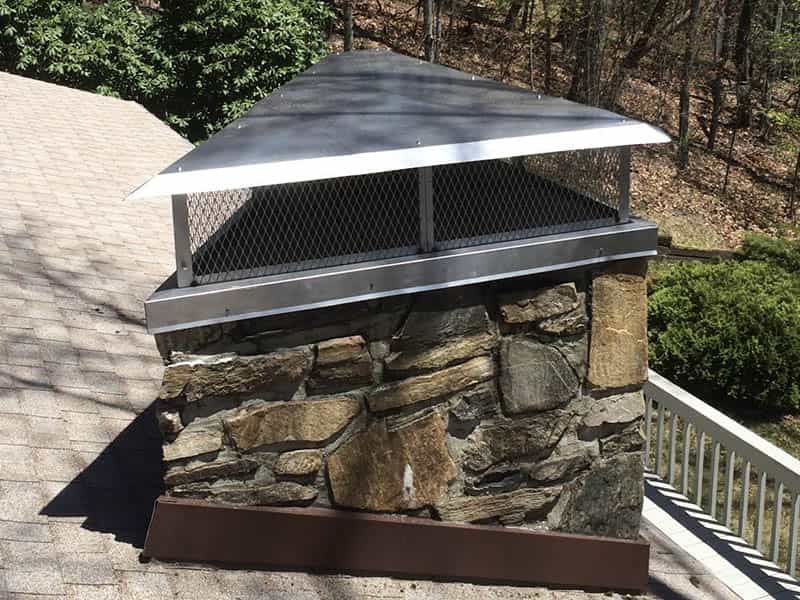
Chimneys play a crucial role in homes, providing a means to safely vent gases and smoke from fireplaces, furnaces, and other heating appliances. Over time, however, chimneys can accumulate soot, creosote, and other debris, which may pose serious health and safety risks. To ensure the proper functioning and safety of your chimney, a comprehensive chimney inspection is essential. In this article, we will delve into the chimney inspection process, outlining its importance and the various steps involved in maintaining a safe and efficient chimney.
Importance of Chimney Inspection
Regular chimney inspections are vital for several reasons, primarily centered around safety, efficiency, and compliance with building codes. Here’s why chimney inspections are crucial:
1. Safety
Safety is paramount when it comes to any heating system. Chimney inspections help identify potential hazards like creosote buildup, cracks, obstructions, or deteriorating chimney liners. Addressing these issues promptly can prevent fires, carbon monoxide leaks, and other dangerous situations.
2. Efficiency
A well-maintained chimney functions more efficiently, allowing better draft and ensuring the heating appliance burns fuel cleanly and effectively. This can lead to cost savings by optimizing fuel usage and reducing energy wastage.
3. Legal Compliance
Many jurisdictions require homeowners to have regular chimney inspections to comply with safety and environmental regulations. Failure to comply can result in penalties and legal complications.
The Chimney Inspection Process
A thorough chimney inspection involves a step-by-step assessment of the entire chimney structure, inside and out. Professional chimney sweeps and inspectors follow a standard procedure to ensure a comprehensive evaluation. The inspection process can be broadly categorized into three levels, each with its depth of examination:
1. Level 1 Inspection
A Level 1 inspection is a basic examination and is recommended annually for chimneys that are used regularly and have not undergone any changes in the heating system. Here are the main steps involved in a Level 1 inspection:
a. Visual Inspection
The chimney sweep will visually inspect the chimney from the ground, looking for any signs of damage, deterioration, or obstructions.
b. Interior Inspection
Using a flashlight, the inspector will examine the interior of the chimney, checking for any buildup of creosote, soot, or other debris.
c. Appliance Connection
Inspectors will check the connection between the heating appliance and the chimney to ensure it’s secure and properly vented.
d. Accessible Components
Accessible components of the chimney, such as the damper, smoke chamber, and flue, will be inspected for signs of wear or damage.
2. Level 2 Inspection
A Level 2 inspection is more in-depth and is necessary if any changes are made to the heating system, such as a new appliance installation or changes in the fuel type. It is also performed when a property is being bought or sold. In addition to Level 1 components, a Level 2 inspection includes:
a. Video Scan
A specialized camera or video scanning equipment is used to inspect the interior of the chimney thoroughly, providing a clear view of any hidden issues.
b. Exterior Inspection
The exterior of the chimney, including the chimney crown, masonry, and flashing, is examined for any signs of damage or deterioration.
c. Attic and Crawlspace Inspection
Inspectors will check the attic and crawlspace areas for any structural issues or signs of leaks that may affect the chimney’s performance.
3. Level 3 Inspection
A Level 3 inspection is the most comprehensive and invasive inspection level. It is conducted when a serious hazard is suspected that cannot be fully evaluated with Level 1 or Level 2 inspections. Level 3 inspection may require dismantling parts of the chimney or building structure to access hidden areas.
Conclusion
Maintaining a safe and efficient chimney is paramount for every homeowner. The chimney inspection process, consisting of Level 1, Level 2, and Level 3 inspections, provides a systematic and thorough approach to ensuring your chimney is functioning correctly and posing no threats to your home or your family’s safety. By staying diligent with regular inspections and promptly addressing any identified issues, you can enjoy a warm, cozy home while keeping potential hazards at bay. Always remember to engage a certified chimney sweep or inspector for a professional and reliable assessment of your chimney’s condition.



